Can TRX Give Your Home Workouts the Resistance Boost They Sorely Need?
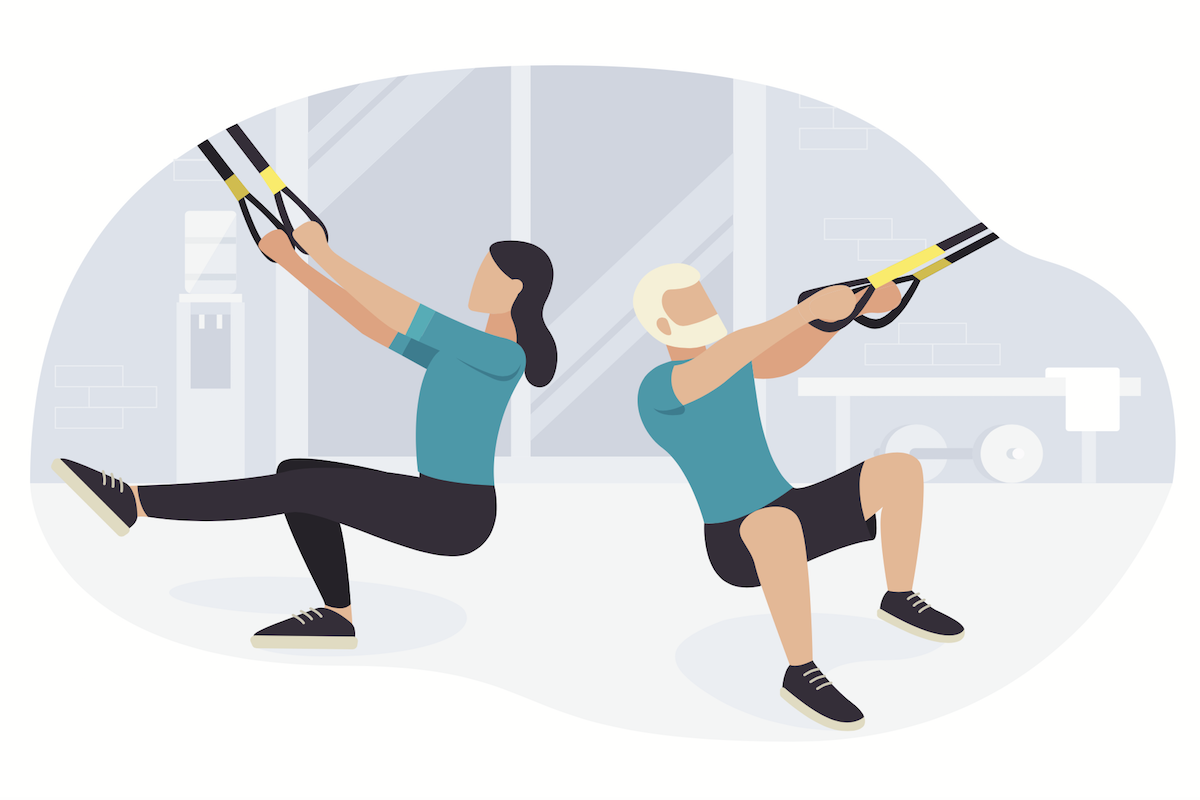
Hands up who has any idea what a TRX might be? No, it’s not an abbreviation for a hip-hopping T Rex or a distant relative of the mud-stained bike. You’ve probably seen the straps used to practice TRX already; dangling down from the pull-up bar at your local gym. And now that all the gyms have shut down (for the time being), it could be your one-way ticket to keeping up your resistance training while we’re all stuck in lockdown.
So whether you’re wanting to shake up your home workouts or just wondering what it’s all about, we asked TRX expert and founder of the Body Machine Performance Studio in west London, Frances H Mikuriya to help introduce us to one of the most effective ways to work-out, full-stop.
What Is TRX?
TRX (an acronym for Total-Body Resistance Exercise) was invented by Randy Hetrick, former U.S. Navy SEAL troop commander, so that he and his teammates could work out while stationed in remote areas with no access to training facilities.
Many of you would have seen the yellow and black straps in gyms, suspended from walls or ceilings (we call this a suspension trainer). The user can use these to complete a variety of movements that leverage gravity and the user’s body-weight to create resistance.
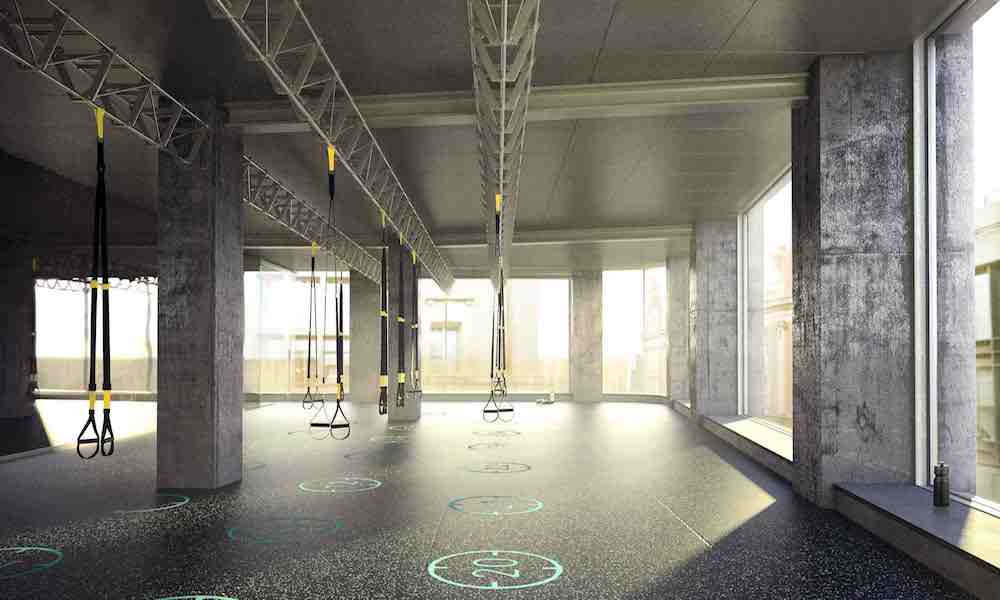
What Are The Benefits?
Unlike traditional weight training that typically works one muscle at a time, TRX suspension training uses your body weight and gravity with the aid of the suspension trainer.
Exercising on the suspension trainer allows you to move through multiple planes of motion and work various muscles and joints at the same time. The American Council on Exercise found that both body composition and cardiovascular health were improved by adding the TRX into a sixty-minute workout routine three days a week for six weeks.
The single anchor point produces a proprioceptive-rich environment that creates a great balance of stability versus instability. Proprioception for those who don’t know is the awareness of one’s body position and movement in space. And because the TRX has only one single anchor point instead of two anchor points (which would create too much stability) it serves as the perfect balance of stability versus instability allowing you to fire up and activate more muscles. TRX training in this context is also effective in identifying asymmetries and imbalances in strength.
Overall TRX training improves strength, mobility, flexibility, coordination and is also beneficial for cardio health.
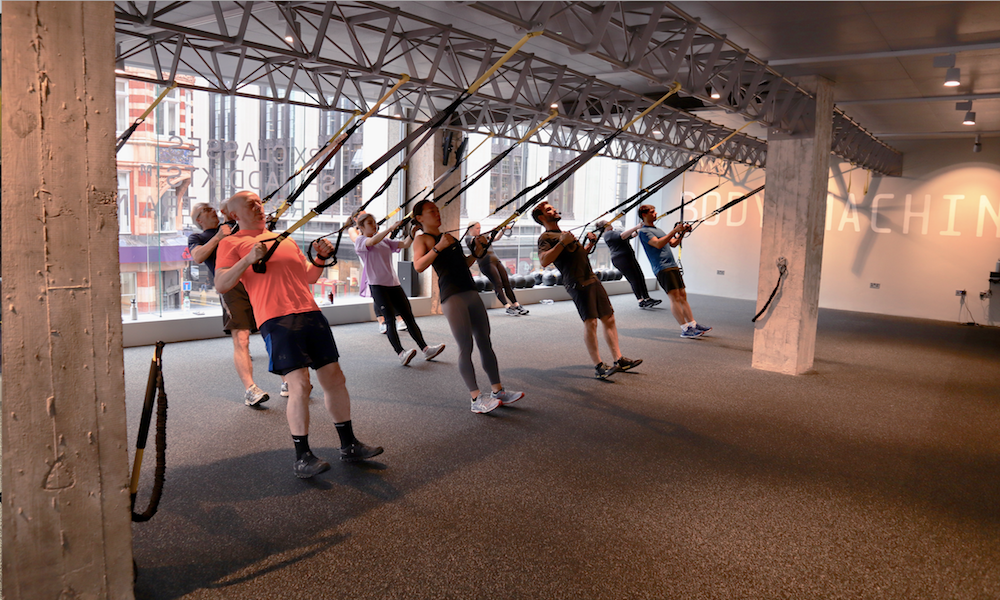
Can You Build Muscle In The Same Way As Using Weights?
Yes, absolutely. TRX is effective in increasing lean muscle mass and has advantages over lifting weights such as providing a better core workout and also building functional strength. Using the TRX suspension training constantly challenges the core therefore there is an increase in core activation compared to lifting weights.
Unlike traditional weight lifting which isolates specific muscles, TRX can work for different muscle groups at the same time which makes it the perfect functional training tool from someone just starting to train to professional athletes.
How Can You Set Up A TRX Trainer At Home?
The TRX suspension trainer is very versatile. The ideal set up at home would be mounting it to the ceiling with a TRX XMount (a steel plate you screw to your ceiling or wall). Mounting it to the ceiling is a better option than the wall as it allows you to move freely underneath the anchor point which enables one to do all the TRX exercises.
If the XMount is not available or you’re not able to attach fixtures to your walls, then you can use a TRX door anchor that hangs over a solid door frame. Or if you have a garden, the TRX straps can be easily hung on a sturdy tree branch, pole, or railing.

Why Should You Work TRX Into Your Usual Gym Regime?
TRX training is an excellent complement to anyone’s usual gym regime whether it is general weight lifting, sports conditioning, or cardiovascular training. If one understands how to properly implement TRX training into their routine then they can benefit tremendously and will notice an improvement in their other forms of activity or sports too.
The straps are also ideal for working muscular imbalances. For example, for someone with one leg stronger than the other, improving in single-leg strength can help runners and cyclists to create more power, endurance, efficiency and also in reducing the risk of injury.
The TRX Home Workout
TRX Plank
How Many Reps? Hold for 10-40 sec. Repeat 2 times.
Technique: This is the best exercise to master your core strength. Adjust TRX straps to mid-calf (handles at knee height, foot cradles at mid-calf). Facing the ground with both of your feet in straps, on your hands and knees, lift your body to hand plank position.
Make sure that your body is completely aligned with your shoulders pulled down and back, your lower back doesn’t dip and your hips are not raised. Flex your feet to engage your glutes.
Top Tip: The quality of the plank is more important than the duration. For an easier modification, do the plank on your elbows.
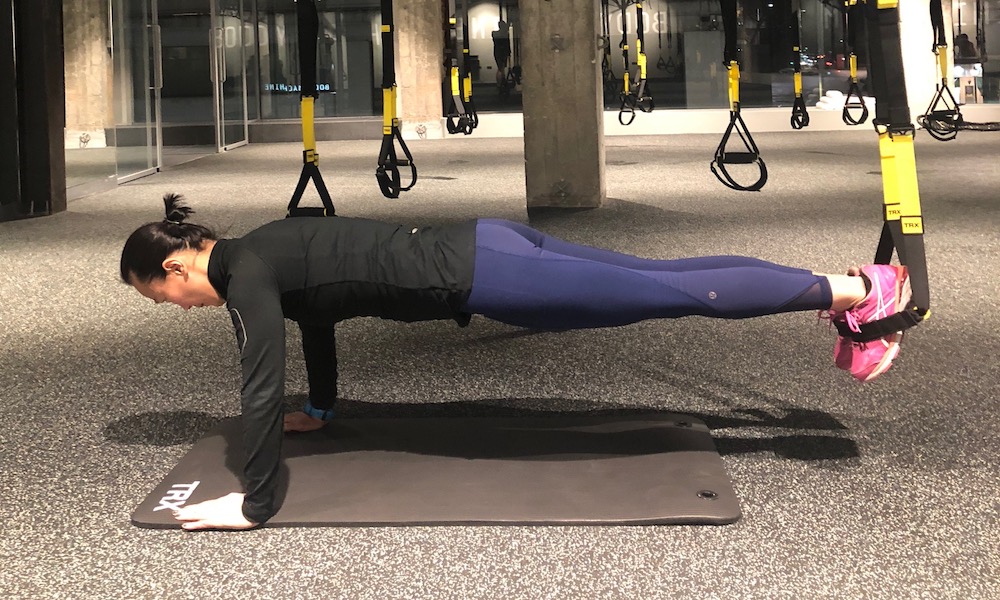
TRX Lunge
How Many Reps? Complete 12-14 reps; swap legs. Repeat 1-2 more rounds.
Technique: Adjust straps to mid-calf ((handles at knee height, foot cradles at mid-calf)). Facing away and standing slightly in front of the anchor point, place one foot in the foot cradles lined up with the anchor.
Drive your suspended leg back and lower into a lunge with the front knee at 90 degrees. Keep your chest lifted and do not lean your upper body too far forward. Keep your front heels on the ground. Return to starting position.
Top Tip: This exercise targets single-leg strength and stability while strengthening the core and your glutes. It is perfect for improving balance and injury prevention.
TRX Low Row
How Many Reps? Complete 12-14 reps. Repeat 1-2 more rounds.
Technique: Adjust straps to fully shortened (yellow tabs to the top). Facing the anchor point, hold on the straps with hands beside your chest, elbows bent, palms facing. Walk feet towards the anchor point until there is a squeeze in the back. Lower your body down until your arms are fully extended while maintaining plank.
Pull the body towards the anchor point by driving elbows back beside your body. Make sure to squeeze down and back at the top of the movement. The body should move as one unit without breaking or sagging in the hips. Ears should be in line with the shoulder with the shoulders down and not elevated.
Top Tips: To increase the intensity go at a steeper angle by walking towards the anchor point; to reduce the intensity walk away from the anchor point and/or go into a wider foot stance for more stability. This is probably one of the most common TRX exercises and is excellent in strengthening the back muscles.
TRX Y Deltoid Fly Combined With T Deltoid Fly
How Many Reps? Complete 12-14 reps. Repeat 1-2 more rounds.
Technique: This combo exercise strengthens shoulder musculature, improves shoulder mobility, and posture. Adjust straps to mid-length (where the grey meets black- marked on the straps). Facing the anchor point, stand in an offset foot stance (front foot grounded, back heel raised).
Stand with your arms in a Y position, making sure that there is tension on the TRX. Lower your body, with arms straight, drive arms back to starting Y position. Then lower the body with arms extended, and drive the body to a T position.
Top Tip: Make sure that you keep the body planked and core engaged; no breaking at the hips. Elbows remain straight and shoulders stay down and back.
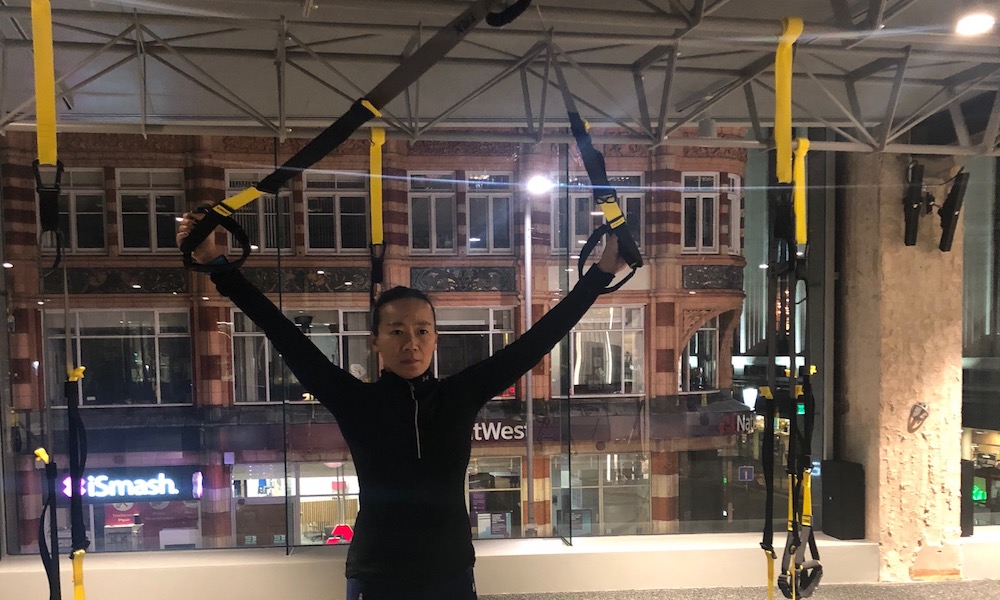
TRX Power Pull
How Many Reps? Complete 12-14 reps; swap sides. Repeat 1-2 more rounds.
Technique: This is an excellent exercise to work on rotation which has many benefits such as preventing injury, increasing power, and improving efficiency in movement.
Adjust straps to mid-length and Single Handle Mode. Facing the anchor point, stand with feet wide, right hand beside chest, elbows bent and the free-hand reaching up towards the anchor point.
Open out sideways with the free arm towards the ground and away as in a cylinder while extending the working arm.
Drive the working elbow straight back while rotating the free arm up towards the anchor point back to the starting position.
Top Tips: Make sure that the body is planked without breaking in the hips and the core engaged. Shoulders should be down, not elevated. Look towards the moving hand.
When I first encountered TRX in 2012, it was relatively unknown in the UK. As a frequent visitor to the original TRX Training Centre in San Francisco where I have also completed most of my TRX qualifications, I realised that a TRX purpose-built facility would benefit London and decided to bring the same level of expertise in coaching to the UK.
My vision behind Body Machine Performance Studio is to deliver the most optimal and complete training to our clients. Therefore not only do we offer a variety of TRX classes that addresses our clients’ needs such as focusing on mobility, strength, power and sports specific training, we also offer SpinAddikts™ classes (indoor cycling training which I founded in 2004). Both training methods are my passion and perfectly complement each other while helping triathletes, cyclists, runners and fitness enthusiasts of all levels to achieve their goals in a safe and measured way with proven results.


















